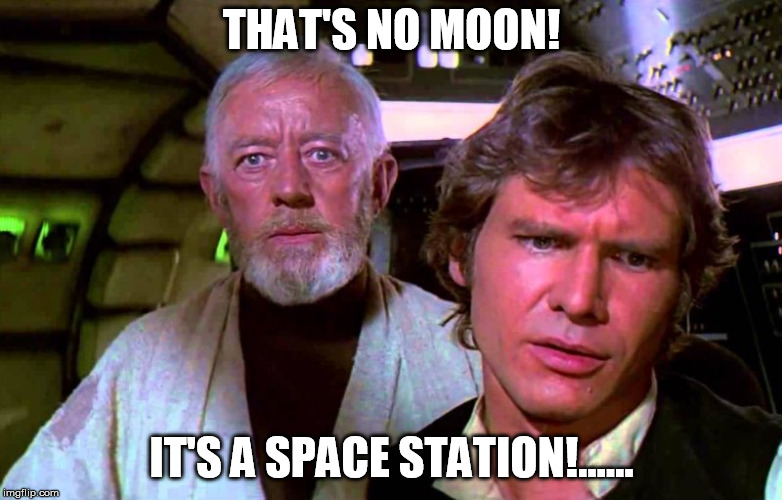
That's a pretty far distance for a moon's orbit.....

Wake me up when they discover an exocomet.
Would Kepler 1625bb possibly have subsatellites orbiting it?
Great!
Why should I care?
Just asking
*ping*
Moons are important to the development of life because all planets wobble (like a Billy Kilmer pass) as they spin on their axis. It’s called “nutation,” and all bullets do the same thing.
Anyway, excessive nutation causes the atmosphere to have violent shifts in atmospheric pressure, which means high surface winds, like Saturn. The interplay of gravity between Earth and its moon — which is unusually large compared to its host planet — dampens earth’s nutation and makes our atmosphere calmer and more conducive to supporting life in the doing.
A large moon is one of about a hundred incidental, unusual and unlikely conditions that happened on earth to make it hospitable to emerging life. The theory that that assortment of conditions (including a relatively large moon) probably would be unlikely to occur elsewhere is the basis of the Rare Earth Hypothesis.
https://en.wikipedia.org/wiki/Rare_Earth_hypothesis
Finding exoplanets that have moons in theory improves the possibility that those planets might support life.